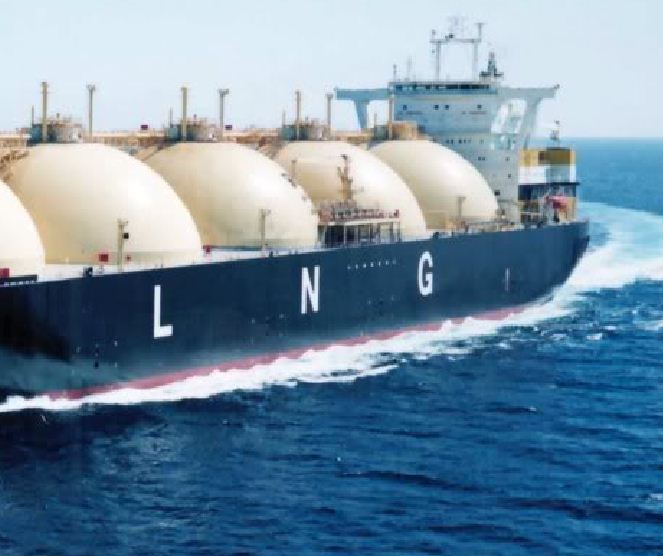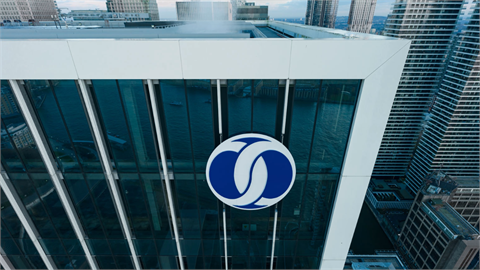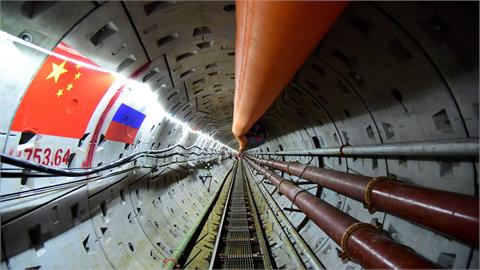Over the past 12 months the global LNG industry has seen a gradual shift and rebalancing of market fundamentals. After an extended period of tight supply and demand dynamics, the recent strong supply growth and subdued demand in traditional markets has eased pressure on Asian LNG spot prices. The industry is becoming more competitive in its nature
After some delays, Australia has kicked off a sequence of new liquefaction projects that are scheduled to start operations in the coming year or two across the globe. Estimates indicate that new LNG supplies, including from projects currently under construction or those with final investment decisions in place, will increase by 125 mtpa (or 50% of current supply) within the next six years. New projects in Australia will increase the country’s supply from 30 to 80 mtpa, followed closely by projects
from the USA with 65 mtpa of liquefaction capacity already under construction.
Aside from large on-shore projects, there has been a surge in the development of floating liquefaction (FLNG) projects. This allows producers to monetise stranded
gas fields quicker and more effectively than traditional on-shore facilities.
Conversely, while demand has been subdued amongst the traditional power buyers in Asia, it continues to evolve elsewhere, with new demand centres developing in the Middle East and South East Asia including Egypt, Jordan, Pakistan and the Philippines. In the near future, demand growth is likely to be at a slower pace and over a shorter horizon, as buyers turn away from longer term contracts and look for more flexible pricing. This will result in LNG producers seeking new markets to supply Floating Storage and Regasification Facilities (FSRUs) and this will shorten the time required for buyers to be able to import LNG, and in turn further increase competition between global regions for access to supply.
Away from term-based demand and supply, the spot market continues to grow and develop. Compared to 2004, LNG spot volumes form an ever increasing portion of global trade, rising from 12% to 29% in 2015, with indications that this trend will continue.
("Blue Fuel", Gazprom Export Global Newsletter, October 2015/Vol. 8/Issue 5)




